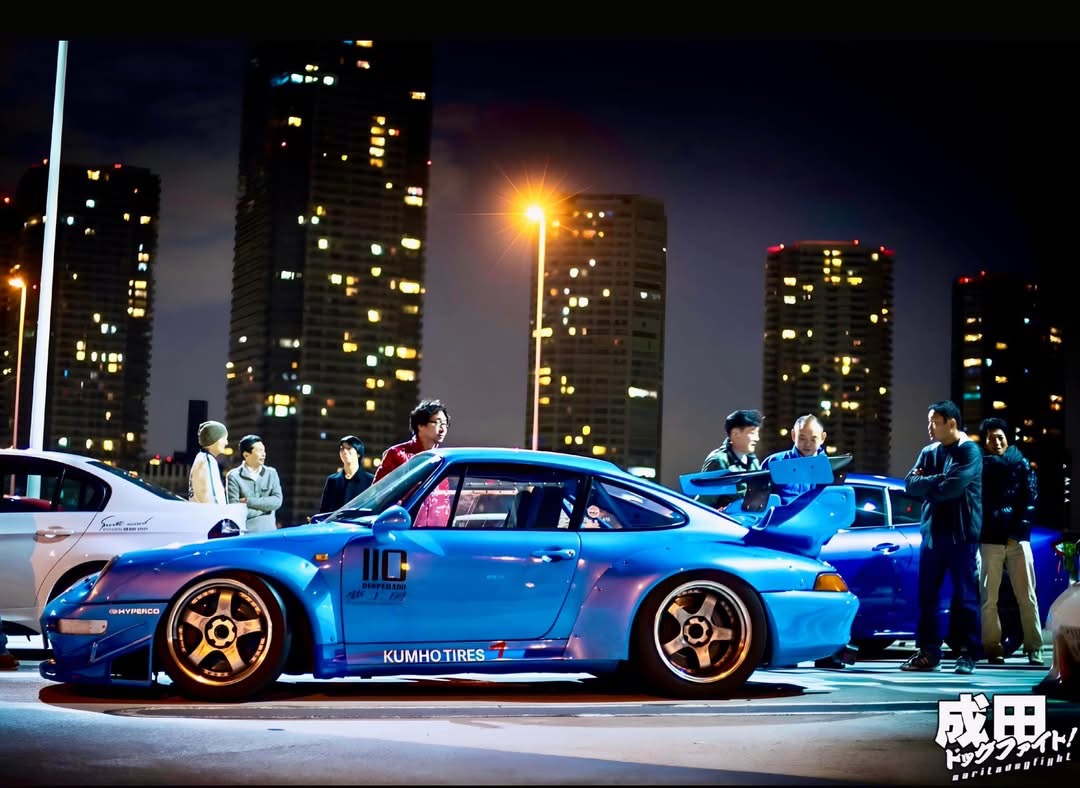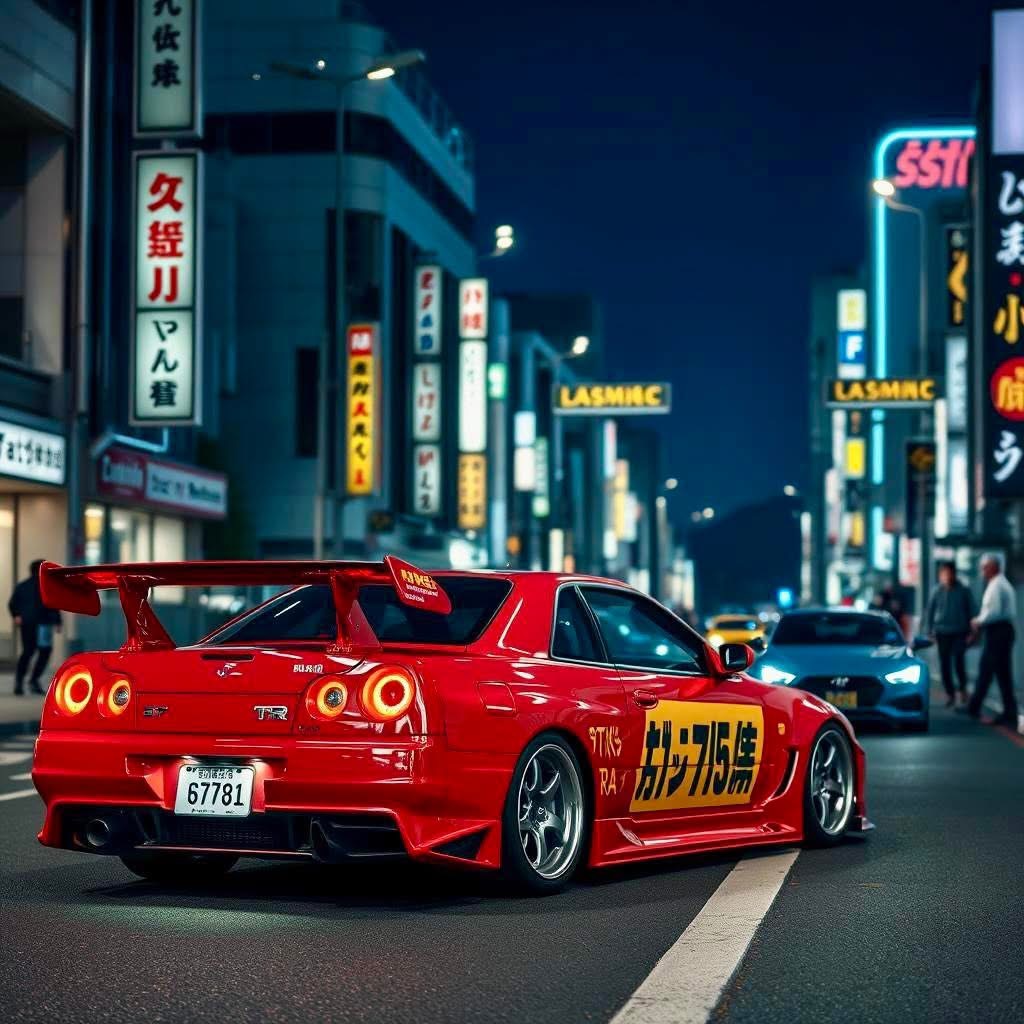Inside JDM Culture
Inside JDM Culture: The Underground Spirit of Japanese Car Tuning
JDM isn’t just about fast cars—it’s a lifestyle, a philosophy, and for many, a way of self-expression rooted deeply in Japanese street culture. From the neon-lit expressways of Tokyo to quiet mountain passes in Gunma, JDM culture represents a rebellious spirit combined with unmatched craftsmanship. But what makes JDM culture so special? Let’s dive into the world behind the acronyms.

What Does “JDM” Really Mean?
JDM stands for Japanese Domestic Market, originally referring to vehicles and parts made exclusively for sale in Japan. But over the years, it’s become a global symbol of Japan’s car-tuning scene. In countries like the U.S., Australia, and the UK, enthusiasts chase JDM cars not just for performance, but for authenticity—the unfiltered version of Japanese automotive excellence.


From Bosozoku to Kaidō Racers: The Roots of JDM Style
Before Instagram builds and YouTube dyno runs, JDM style was born on the streets. One of the earliest expressions came from the bosozoku subculture—youth biker gangs who evolved into car groups by the late ‘70s and ‘80s.
They built loud, exaggerated cars with:
- Wild exhaust pipes (takeyari)
- Stretched body kits
- Bright liveries and stickers

These cars weren’t always about speed—they were rolling protests, statements of identity, and pride. This evolved into kaidō racers and ultimately influenced the wild aesthetic of JDM tuning today.

Touge Battles: The Real “Fast and Furious”

Before it was mainstream, drifting and high-speed runs took place on touge (mountain passes)—tight, twisty roads where drivers tested their skill, not just horsepower. These midnight battles inspired manga like Initial D and led to the birth of professional drifting leagues like D1GP and Formula Drift.
Why Touge Still Matters:
- Skill > Speed
- Real-time risk
- Ultimate test of chassis balance and driver control
Drift culture, a huge part of JDM, began here—with AE86s, RX-7s, and S13s carving corners in the dark.
JDM Car Meets: Family, Not Just Flex
In Japan, car meets aren’t just about showing off a new turbo or widebody kit—they’re about connection. Enthusiasts gather in iconic spots like:
- Daikoku Futo PA (Yokohama)
- Tatsumi PA (Tokyo)
- Umihotaru Parking Area (Tokyo Bay)
It’s a mix of all styles—VIP sedans, drift missiles, kei cars, time attack monsters. Everyone respects each other’s builds. That quiet mutual admiration is a core part of JDM culture.
JDM vs JDM-Style: Why Authenticity Still Wins
With the global explosion of Japanese cars, a lot of builds claim to be “JDM”—but true fans know the difference. Authentic JDM cars:
- Use original Japanese-market parts
- Keep VINs and specs consistent with Japan delivery models
- Often include unique trims never released overseas
Examples:
- The Nissan GT-R V-Spec II Nür (Japan-only)
- Mazda RX-7 Type RS
- Toyota Chaser Tourer V (JZX100)
The Future of JDM Culture: More Than Nostalgia
As JDM legends become collectible and prices soar, a new generation is stepping in with kei car builds, hybrid swaps, and electric conversions. The spirit remains the same—creativity, individuality, and respect for the machine.
What’s different?
- More female builders and drivers
- Cross-cultural influence (Euro-JDM blends)
- Revival of forgotten chassis like the Suzuki Alto Works or Honda Beat
Conclusion: JDM Is a Culture, Not a Trend
Whether you’re drifting in an S14, cruising in a slammed Civic, or restoring a rare Soarer, JDM culture runs deeper than aesthetics. It’s about connection, rebellion, and mastery—a unique reflection of Japan’s deep respect for precision and individuality.
So the next time you see a JDM badge or a car with kanji on the window, remember: it’s not just a look—it’s a legacy.
Comments
Post a Comment